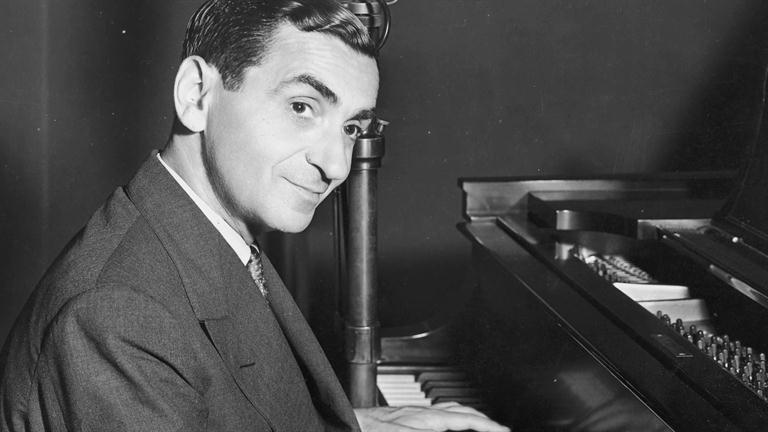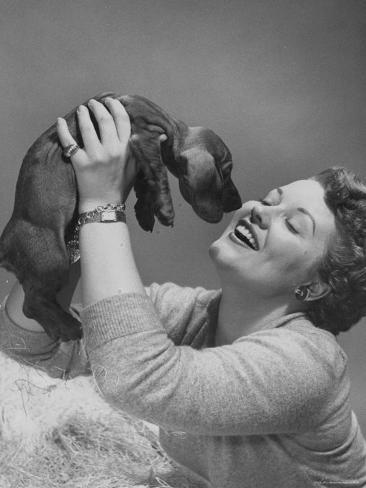Besides
Ben Yagoda has a pretty interesting new book out. (Wasn't I just reviewing one of his new books?) It's called The B Side: The Death Of Tin Pan Alley And The Rebirth Of The Great American Song.
There have been a number of fine books dealing with Tin Pan Alley, such as David Ewen's The Life And Death Of Tin Pan Alley, Charles Hamm's Yesterdays: Popular Song In America and Alec Wilder's American Popular Song. Yagoda may not quite reach those levels, but his book is one of the best at discussing how and why, some time in the middle of the 20th century, the deal changed. He's also sympathetic to both sides of the divide, which generally sets him apart.
The overall story is well known. In the early 20th century, there was the growth of an American type of song, strongly informed by jazz, and exemplified by such greats as Irving Berlin, Jerome Kern, George Gershwin, Richard Rodgers and Cole Porter. The best stuff generally came from Broadway, and Hollywood once sound came along. The songs, especially during a 20-year period from the early 20s to the early 40s, had a certain technical sophistication, both in words and music, that has rarely been matched since. Then things changed. In the 50s, rock and roll started appearing in the charts, and despite hopes it was a passing fad, took over almost completely by the 60s.
But Yagoda spends a lot of time between the end of WWII and the beginning of Elvis, when things were changing even before anyone was aware of the Big Beat--the great era was dying by the mid-40s, and it didn't go unnoticed at the time.
Suddenly, the airwaves were inundated with novelty numbers, saccharine ballads, hillbilly laments and raunchy rhythm and blues. Standards like "Always" and "Night And Day" had to make way for "How Much Is That Doggie In The Window?" Why did this happen? A lot of reasons, and Yagoda goes into some detail.
First, music goes through changes no matter what you do. Every new generation wants its own sound, and like to frustrate their elders by rejecting "old" music. But there were plenty of other factors that made the difference.
For one thing, there was the rise of BMI. Earlier in the century, songwriters who felt they weren't getting their due formed ASCAP, which collected royalties. But the group became a hard organization to crack, only allowing in those they saw as the best. ASCAP wanted more money from radio (which had only started being big in the 20s--when ASCAP began, sheet music generated the bucks) and in the early 40s wouldn't allow their stuff to be played. So BMI--Broadcast Music, Inc. (sometimes referred to as "Bad Music, Inc.")--came into being, and those who had been frozen out, including country and African-American artists, not to mention songwriters who were more jingly than sophisticated--had greater purchase.
Then there was the rise of the teenager. After WWII, young adults got married and had kids, and in a few years bought TVs and stayed home. Meanwhile, with a booming economy, teens became a separate and major market, one that pretty much determined hit singles. (Singles and LPs as we think of them today--or used to think of them not too long ago--were also a new invention, as 33-and-a-third and 45 replaced 78 rpms).
There was the decline of big bands. Swing was getting a bit tired anyway, and traveling with a big group was getting prohibitively expensive. Jazz split into traditionalists who liked the old Dixieland sound, and modernists who went for bebop--but jazz itself was never again the most popular sound, and American music started reflecting other currents.
Then there was an opening up of the country--with the suburbs, with the interstate highways, with civil rights--so that groups that were regional could now become national.
There was also the rise of the disc jockey. With live music less and less important, and radio turning away from drama and more to tunes, the wax spinners could make or break records. And they wanted a new sound.
There was also the rise of the producer. There were technical improvement in what could be done in the studio. Whereas before a recording was just that--essentially making a record of a live event--new techniques allowed the producer to craft the record, so songs become less important and sounds plus gimmicks, more. These producers held sway, and pushed material (because it sold, not just because they liked it--often they didn't like it) that they could mold and that caught the spirit of the times.
So even before rock, old songwriters and performers weren't happy. Frank Sinatra, who'd been a huge singer--he was one of the first to leave a big band and hit it big on his own--could barely make the charts by the early 50s. And he was unhappy (or so he said later) with head man at Capitol, Mitch Miller, who'd decide what sides artists would record.
Ultimately, though, the older stuff had its revenge. As Yagoda notes, it was like monks who kept ancient texts alive during the Middle Ages. When the music was originally written, few thought it was going to live on. But some performers thought the best of Tin Pan Alley was worth saving, and they kept singing and playing it, in clubs and on records. Mabel Mercer was one of the early ones, but other names, like Frank Sinatra and Ella Fitzgerald, not to mention many great jazz instrumentalists, kept the songs alive and helped develop the idea of the Great American Songbook. So much so that nowadays every washed-up rock star records an album--or several--of standards when they need to sell something again.
But, Yagoda notes, that's not the whole story. The rock era was pretty special, too. Just look at the material being written in the 60s by Brill Building people like Carole King or Burt Bacharach, or the composers of Motown, or people like Brian Wilson, Paul Simon, John Lennon and Paul McCartney. They've created a glorious songbook of their own.






0 Comments:
Post a Comment
<< Home